Screens may be used as a false wall near the entrance from one room to another to create a desirable atmosphere by hiding certain features like doors to a kitchen

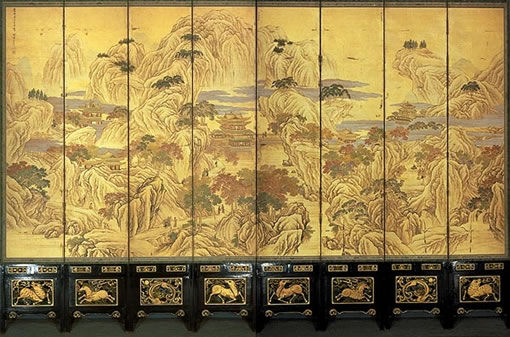
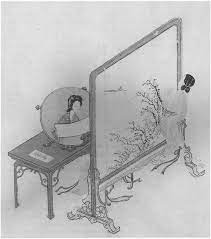
Chinese screens were originally used by the royal court in ancient times, representing the royal class attribute. It was later used extensively in everyday life for spatial partitioning and privacy protection.
In English the word 'screen', in the same way as it is written for the screen of a mobile phone, can also be seen in a way as a medium that separates two spaces, without which we would not be able to access and read information.
But while these screens separate the virtual space from the real space, they also enable the two spaces to be integrated. What I can mean by "integration" here is the perceptual connection to another dimension, such as zoom, Instagram, etc. One can enter a virtual scenario in any real reality, so the modern 'digital screen' is merely a medium that emphasizes one's non-existence and absolute possession of space, and which cannot be eliminated.
The screen invariably has a connotation of partitioning and planning space, and it attempts to recreate a separate space for the individual.
This partition protects the privacy of the individual while at the same time limiting the individual's perspective. This situation could easily become a new form of digital fascism when placed in the context of the Internet.
While information is circulating at high speed, the content of the communication is not. The restrictions on the dissemination of content allow for this kind of compartmentalisation. Individuals may appear to be accessing large amounts of information, but their essential source of information is controlled, so the collective is effectively in huge compartmentalization.
Because of this compartmentalization, because of these digital screens, there is a centralization of power and a uniformity of information content, the result of which is oriented towards the homogenisation of the individual
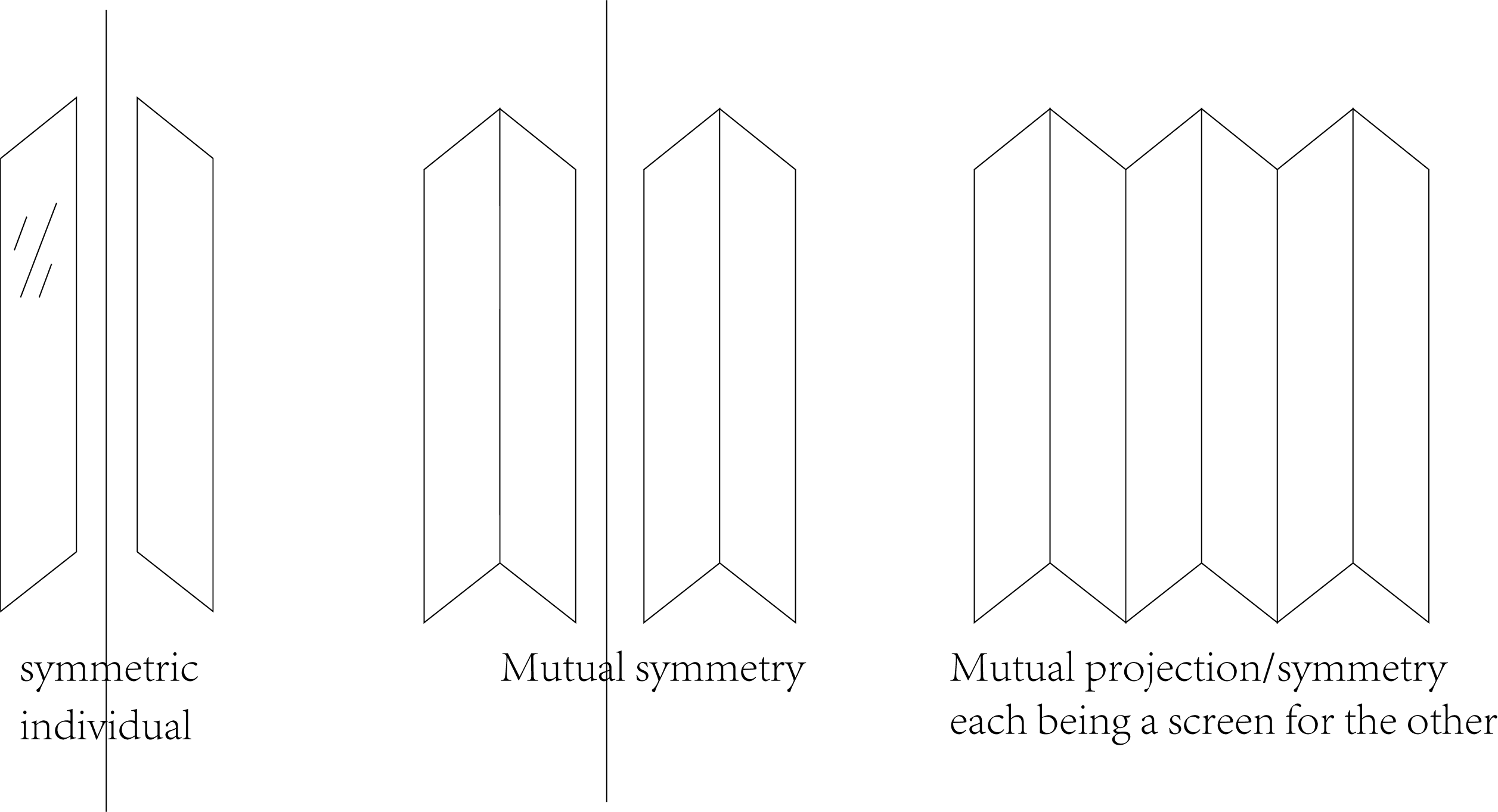

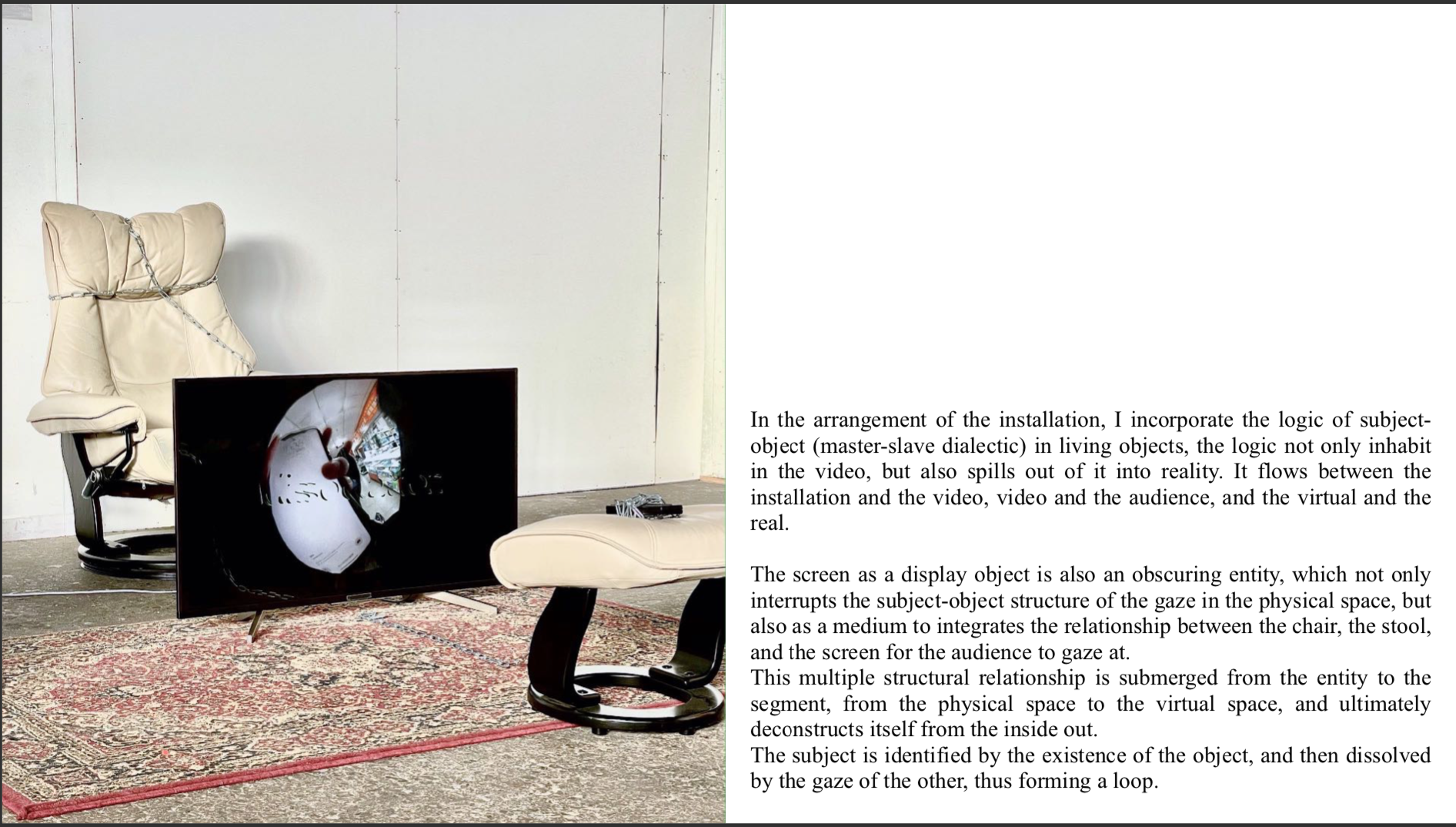
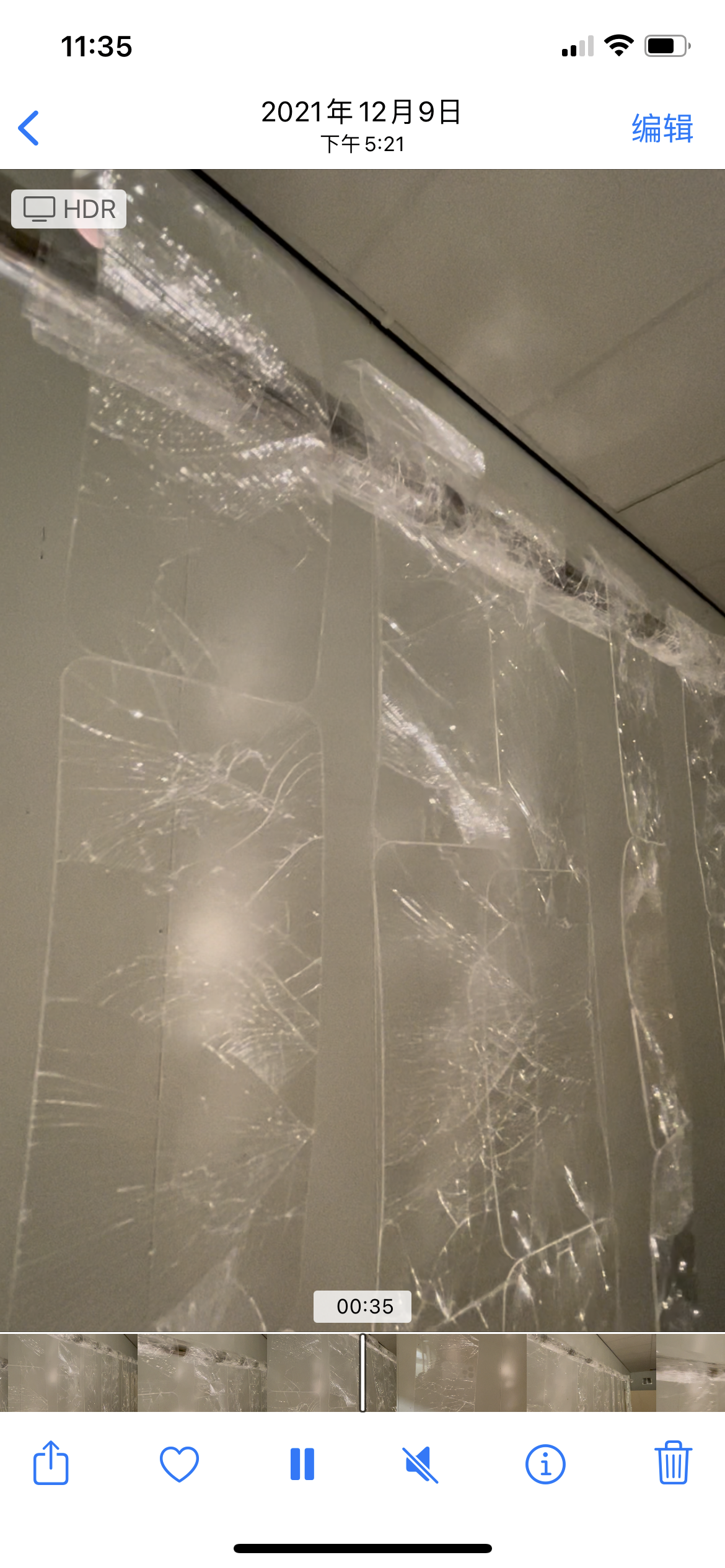
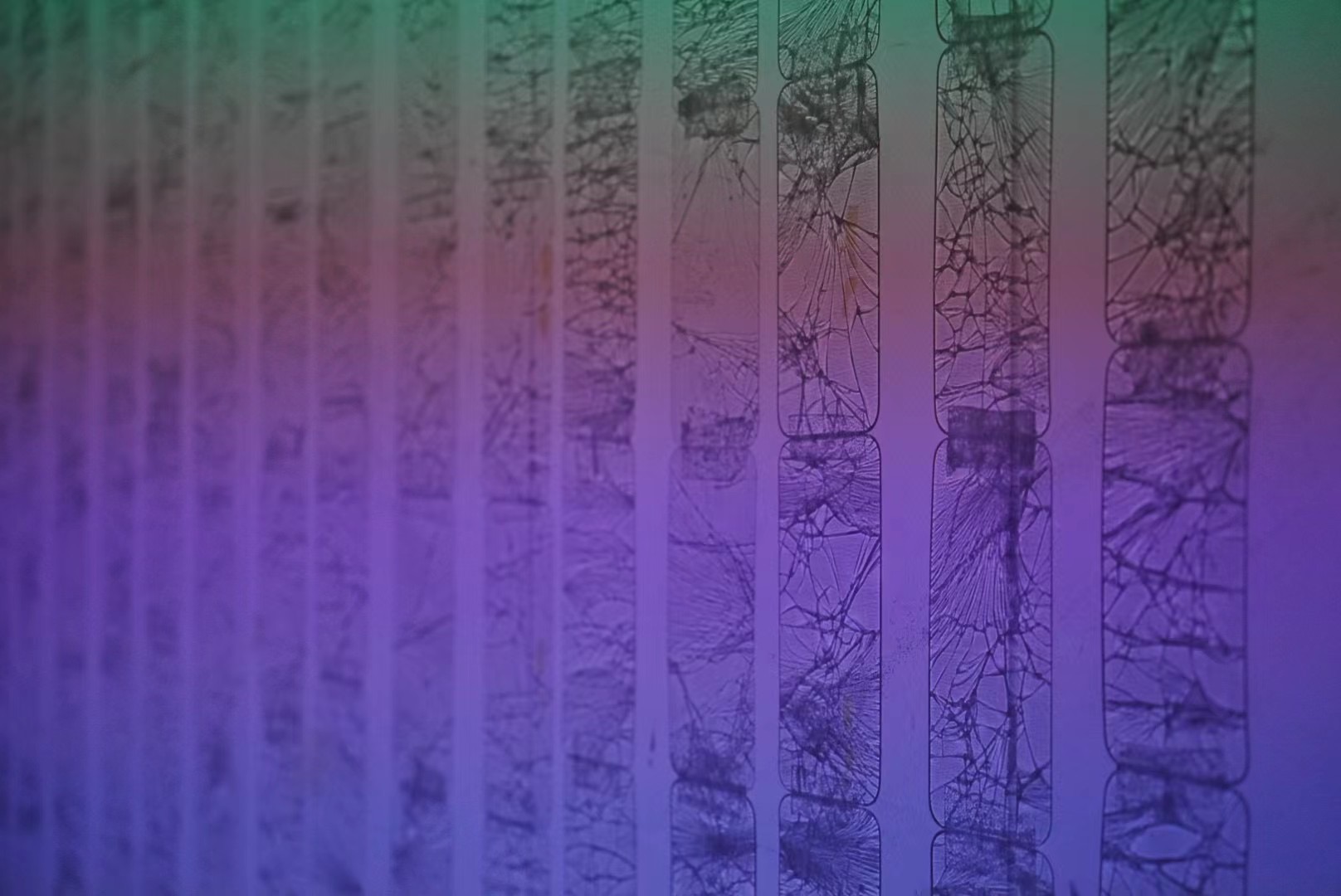
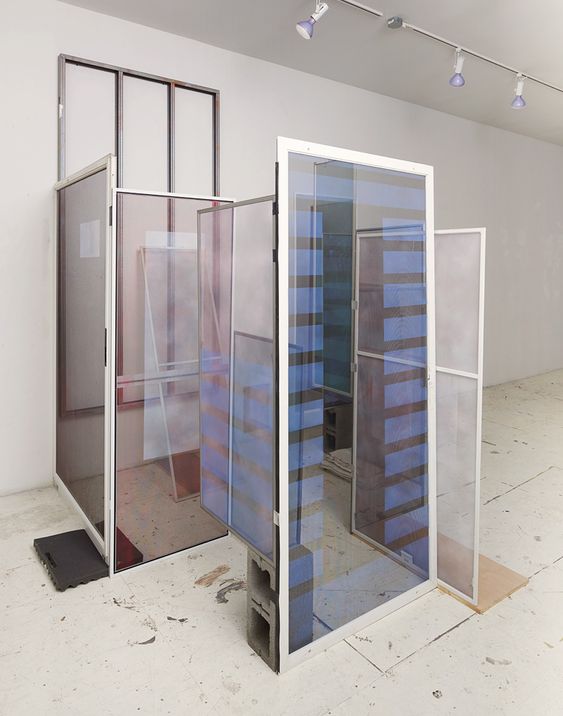
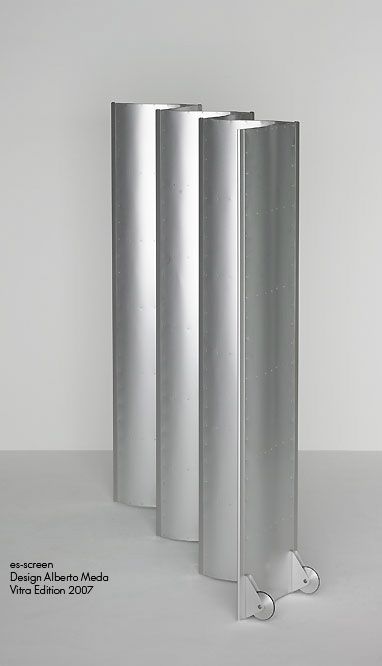
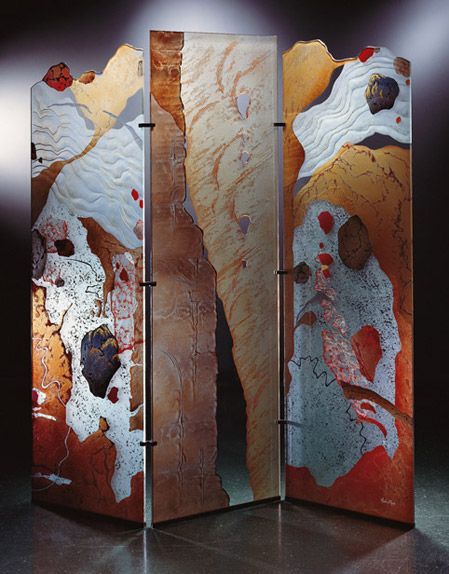
Finding a result that does not exist
To simulate a contextualization where you were there but not there.
During these five months, I could say that I did nothing from my personal perspective.
Due to the affection of the void, it is hardly said that time has its effect on me
It extended the other topic: where I lived? A transparent info-sphere? a mind fossil? a time capsule?
I am obsessed with the theory of subjectivity and objectivity; their authors portray several non-linear mood boards that allow me to filter with concepts that are related to myself.
The concept itself gradually becomes a symbolic part of me or the definition of words revealed to me.
there are numerous theories and concepts filled in Document 1-1.5,. I invoked them because I can trace some of them which would project me in some ways.
Nevertheless, the most important thing is who I am, Or where I lived? Could I merge them into my subjectivity?
So in document 2.0, I decided to describe each piece of my fragment life, let individuals elaborate on themselves then formulate a contextualized island.
I can not own the whole linguistic ocean, but I can land on each island to knit them as my memory territory.